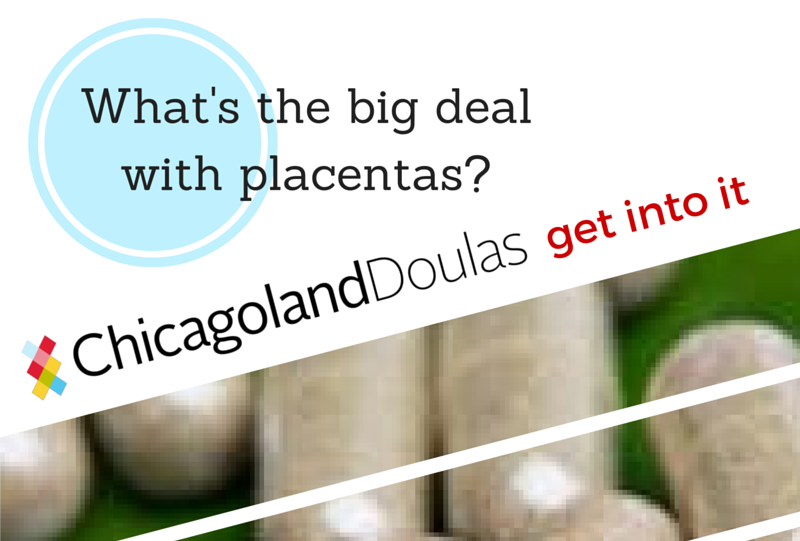"It just doesn't get respect." - Diana Bianchi, MD, Executive Director of Mother Infant Research Institute, Tufts University
The human placenta is one of our most mysterious organs. It grows for a certain amount of time, keeps a fetus alive and well-nourished, and is part of the experience of birth. Then what? We throw it out, never to think about it again?
Not around here, we don't.
We pack it up in to little capsules and a nice, long-lasting tincture and give it back to our clients. Why? So they can re-introduce the hormones and vitamins they worked so hard to create gently back into their systems. Many second and third-time mothers are using placenta encapsulation as a way to try to avoid the baby blues or postpartum depression they experienced with their older children. After hearing the success stories of their friends and colleagues, lots of first-time mothers are doing the same.
Where's the research about the human placenta? It's true that research on the placenta has been paltry in the last, oh, century or so. There have been studies since the early 20th century that suggest that consuming the placenta after labor helps boost milk production, speeds up healing, and boost energy levels. These studies reflect what we see with our clients all the time.
But WE. WANT. MORE. Fortunately for all of us, in 2015 the National Institute of Health allocated a whopping $41.5 million to the study of the human placenta. Chicagoland Doulas is excited to see what comes from the Human Placenta Project, and not only because we anticipate the experiences of our clients to be validated by research. The more we know about the placenta and its role in fetal development, the more care providers can do their best to help have healthy pregnancy outcomes.

